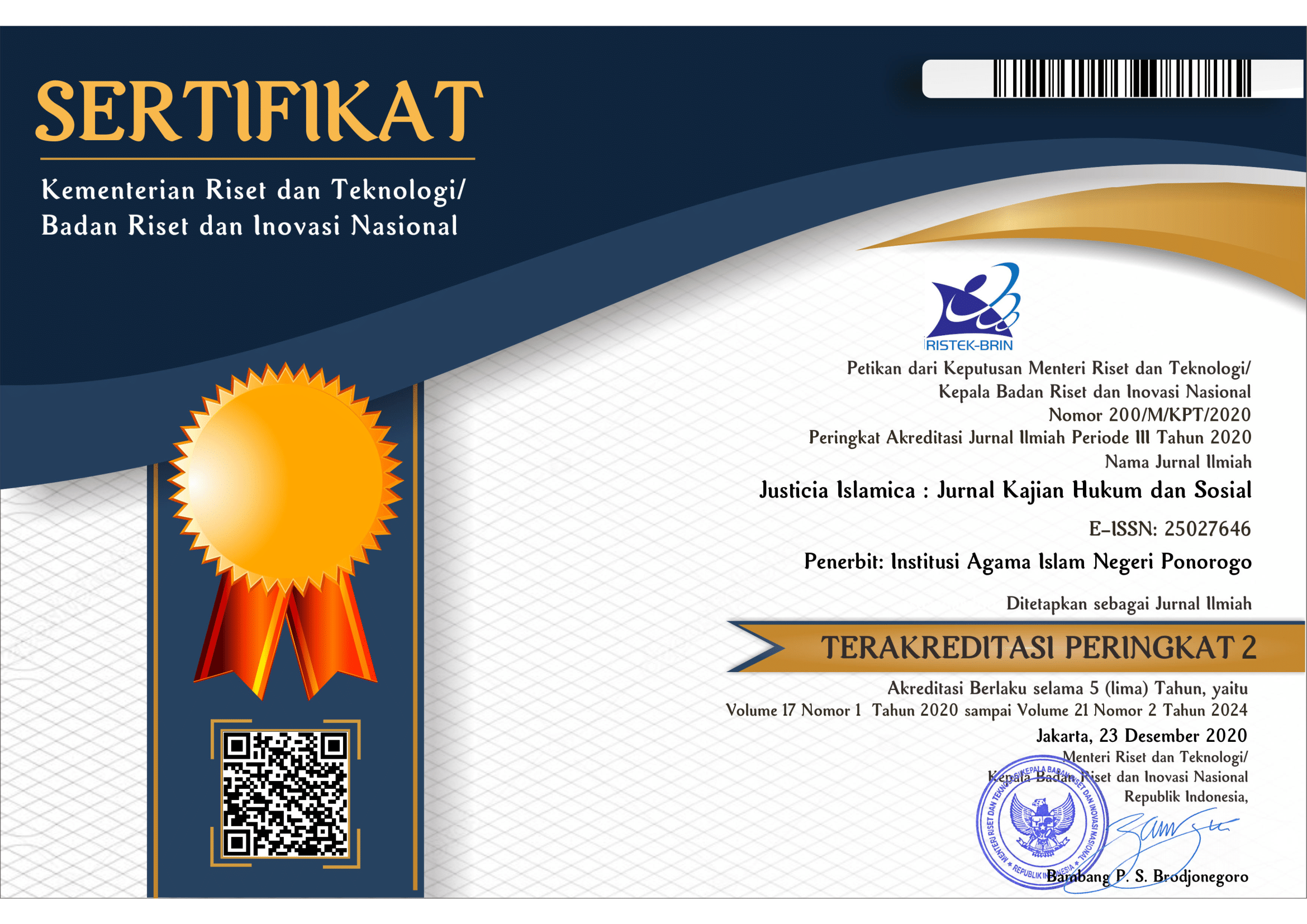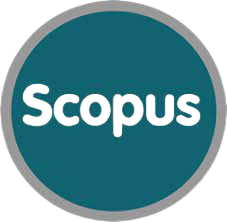Mewujudkan Cita Hukum Yang Efektif
Suatu Pandangan Teoritis
Keywords:
legal effectiveness; justice; legal certainty.Abstract
This study aims to analyze the concept of an effective legal ideal from the perspective of legal theory. The legal ideal is a normative foundation in the formation and application of law that reflects the values of justice, certainty, and expediency. This study uses a qualitative method with a literature review approach, examining various legal theories and their relevance in building a responsive and effective legal system. The results show that the effectiveness of the legal ideal is influenced by normative and institutional factors, as well as public legal awareness. An ideal law must not only be written in regulations, but must also be applied fairly and in accordance with social needs. This study emphasizes that realizing an effective legal ideal requires a balance between clear regulations, strong law enforcement, and active community participation in the legal system.
References
.
Downloads
Published
Issue
Section
License

This work is licensed under a Creative Commons Attribution-ShareAlike 4.0 International License.
Requirements to be met by the author as follows:
- Author storing copyright and grant the journal right of first publication manuscripts simultaneously with licensed under the CC BY-SA allows others to share the work with a statement of the work's authorship and initial publication in this journal.
Authors can enter into the preparation of additional contractual separately for the non-exclusive distribution of a decadent version of the journal issue (e.g., post it to an institutional repository or publish it in a book), with the recognition of initial publication in this journal.
Authors are allowed and encouraged to post their work online (e.g., in institutional repositories or on their website) before and during the submission process because it can lead to productive exchanges and citations earlier and more severe than published works. (see The Effect of Open Access).
This work is licensed under CC BY-SA.


















